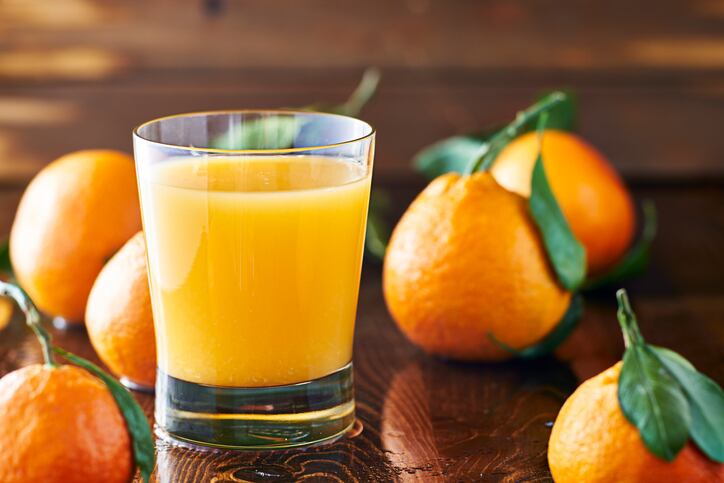L. sanfranciscensis is predominantly used in the bakery industry (sourdough) but its efficacy in beverages has not been studied sufficiently.
It has been demonstrated previously for its anti‐inflammatory effects and potential to treat inflammatory bowel disease (IBD).
Currently, common probiotic foods on the market are dairy-based, but researchers said there was an increasing demand for non‐dairy probiotic carriers such as fruit and vegetable juices.
In this study, apple, orange and tomato juices met the recommended level in terms of probiotics viability after four weeks of refrigeration storage, however they did not do as well when exposed to simulated gastric and intestinal juice.
The findings were published in the journal, Beverages.
Juice and probiotic preparation
Researchers believed fruit and vegetables juices are suitable carriers for probiotics for its high amount of sugars (energy source), relatively low pH (suitable environmental medium) and relatively high total antioxidant content prolonging product shelf life.
In addition, the taste of fruit juices (sweet/sour) also improves the consumer acceptance of the products as a method of probiotic delivery. This is also supported by the juices relatively short transit time through the gastrointestinal tract, which can greatly reduce the adverse effects of gastric environment on probiotics.
For this study, three non‐dairy carrier ultra-high temperature processed juices (apple, orange and tomato) were tested for their ability to maintain viability of L. sanfranciscensis during four weeks of refrigerated storage (4 °C).
The three juices were also tested against in vitro gastrointestinal digestion to evaluate its potential protection of L. sanfranciscensis.
According to previous studies, active probiotic food is required to contain a recommended minimum viability level (106 log cfu/mL) at the time of consumption to achieve potential health effects.
All three juice samples met the recommended viability level, with orange juice found as the most effective.
Although the samples met the recommended level, there was a reduction in probiotics numbers.
The viability of L. sanfranciscensis in all three juices were observed to significantly decrease (p < 0.05) at the end of the four weeks storage.
“Our findings indicate that there was a significant decrease (p < 0.05) in the probiotic viability of apple and tomato juices after the second week of storage,” researchers said.
One possible reason was that the increasing content of lactic acid due to probiotic growth in the first two weeks which lowered the acidity of juices, influencing the subsequence viability of the probiotics.
The most stable viability was found in orange juice, this may be due to the lower initial pH level of orange juice, which can potentially increase the tolerance of L. sanfranciscensis to acidic environments.
Probiotics viability during gastrointestinal exposure
When exposed to simulated gastric and intestinal juices, all three juice samples showed a significantly lower protective effect (p < 0.05) on the viability of L. sanfranciscensis.
In gastric juice, the acidic environment activates digestive enzymes such as pepsin. This enzyme can destroy the peptide bond between amino acids and potentially degrade the cell membrane of probiotics and effectively destroy them.
In small intestinal juice, the presence of bile salts can pose an effect on probiotic’s cell membrane and degrade them. “Bile acids can emulsify the fats and oils into micelles and separate them from the rest part of food and waiting for the further digestion,” researchers explained.
“The findings of our study indicate that the lowest reduction of viability was noted in orange juice (decrease of 3.8 log cfu/mL), followed by tomato juice (decrease by 4.06 log cfu/mL),
“This can indicate that orange juice had a better protective effect than other juices on L. sanfranciscensis against simulated intestinal juice digestion.”
Further research
The researchers added that further studies are required to prolong their viability in the gastrointestinal environment and any potential health effects that these combinations might have after the consumption of products in healthy individuals.
They advised in‐depth analysis and verification before these statements can be considered as potential mechanisms of action.
Source: Beverages
https://doi.org/10.3390/beverages6010013
“Functional Efficacy of Probiotic Lactobacillus sanfranciscensis in Apple, Orange and Tomato Juices with Special Reference to Storage Stability and In Vitro Gastrointestinal Survival”
Authors: Wenjie Zhu, et al.

